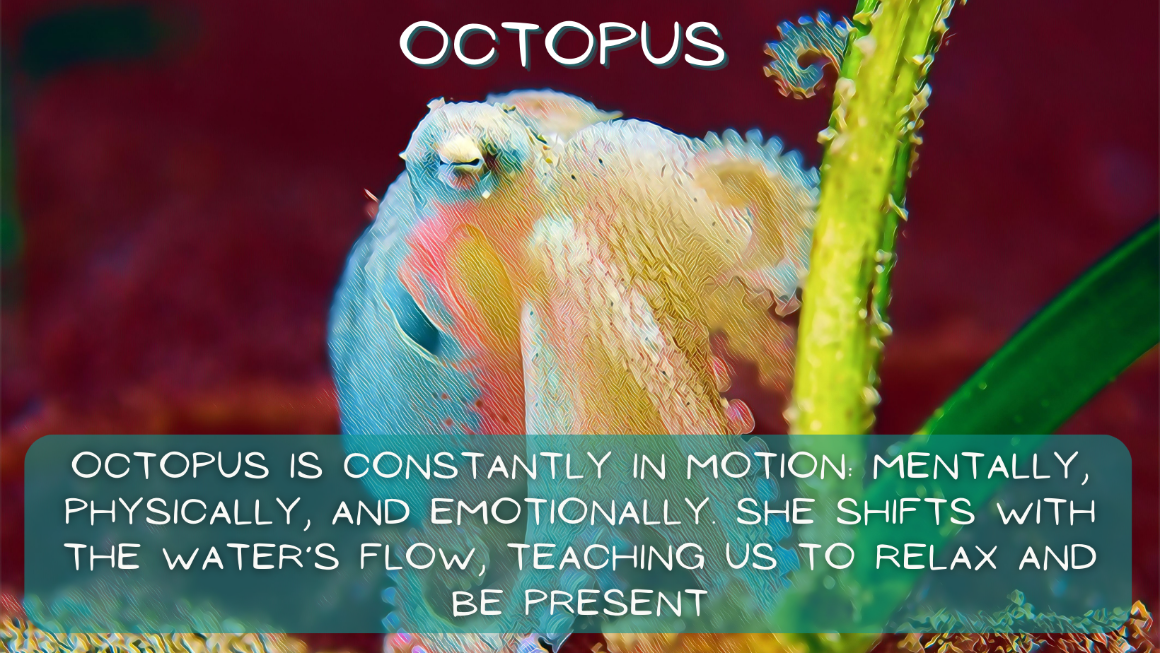

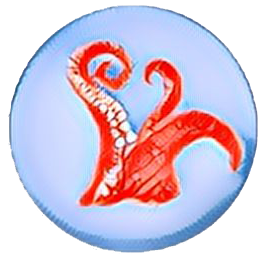
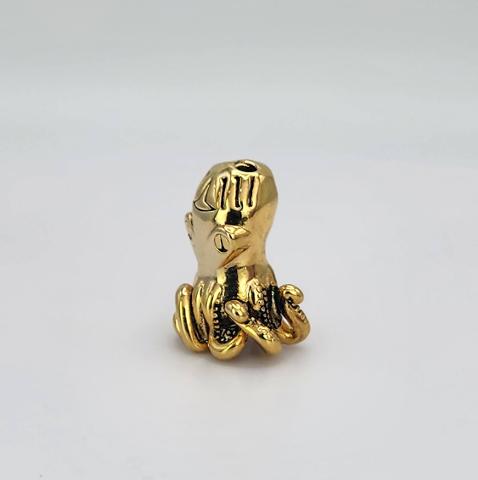
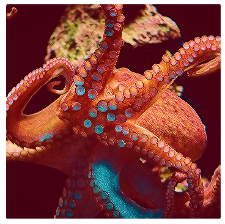
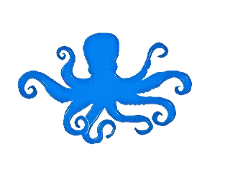



Octopus is constantly in motion: mentally, physically, and emotionally. She shifts with the water’s flow, teaching us to relax and be present. Although she is the pinnacle of wizardry, she never lets her magic get to her head. She remains humble and grounded for stability. If Octopus appears to you, she may be telling you to tune in to your reactive abilities. Sometimes life presents with disappointing, frightening, or frustrating situations. Octopus serves to remind you that although you may not be capable of changing your surroundings, you have the agility and intelligence to react appropriately. Octopus reminds us of the power of independent thinking and living. Her freedom can empower us to dive deeper and become our greatest selves.
If you have Octopus totem, many will come to learn from you as you have a unique perspective and ancient wisdom. In 2022, a 330-million-year-old 10-limbed fossil was discovered in 2022 is thought to be the ancestor to modern octopus.
Octopus fascinates all with her ability to constantly transform, adapt, and shift to fit her surroundings. She is considered the most intelligent invertebrate with the largest and most complex nervous system and brain. In fact, she doesn’t have just one brain, but nine: each tentacle has an independent mini-brain! Octopuses can utilize this intricate brain system to use tools, build a shelter with rocks or shells, and recognize faces. If nine brains weren’t shocking enough, Octopus has three hearts. Perhaps this is why Octopus totem is quite sensitive and vulnerable.
Octopus was not always so vulnerable, however. During the Cretaceous and Jurassic period, Octopus’s slimy and squishy body was protected by a hard shell. As she’s evolved, Octopus has chosen freedom and agility over security and protection. Who needs armor when it prevents us from living so freely?
Like a starfish, Octopus can regrow a lost arm. Her regenerative abilities are honored by Alaskan Natives, and she symbolizes restorative wellness and healing for both physical and emotional health. Octopus totem can offer support in times of loss or when a door closes. Her ability to detach from part of herself makes her excellent at evading danger. She can leave the past in the past as she is made anew. With Octopus’s strength, will, and emotional intelligence, she has the pliability to move past any mental block or challenge.
Like all cephalopods, Octopus has a parrot-like beak hidden away in the middle of her arms. Like the claws of a cat, the beak will retract into its body when not in use. The two-part beak of Octopus is strong and jaw-like, equipping her for crushing and eating the mollusks and crustaceans of the seas. It is said she can squeeze her entire body through any space her beak can fit.
Like a chameleon, Octopus can shift colors to match her environment which helps in her roles of both prey and predator. She is quite an actress, one minute she mimics the sea snake to trick a predator, while the next she is a still and motionless coral structure. She can even turn white, or iridescent, but her best skill is the ability to escape any precarious situations.

Perhaps one of the most intriguing things about Octopus is her shortened life cycle. While she certainly tops the charts of the world’s most intelligent animals, her life is tragically short, varying from just 1 to 5 years depending on the species. Both male and females die shortly after mating, with females living just long enough to meet her offspring if she’s fortunate. She spends the last 4 – 5 months guarding her eggs 24 hours a day – up to 400,000 of them! The incubation time of octopus eggs is surprisingly long, equipping hatchlings with independence and self-sufficiency from the first moments of life.

